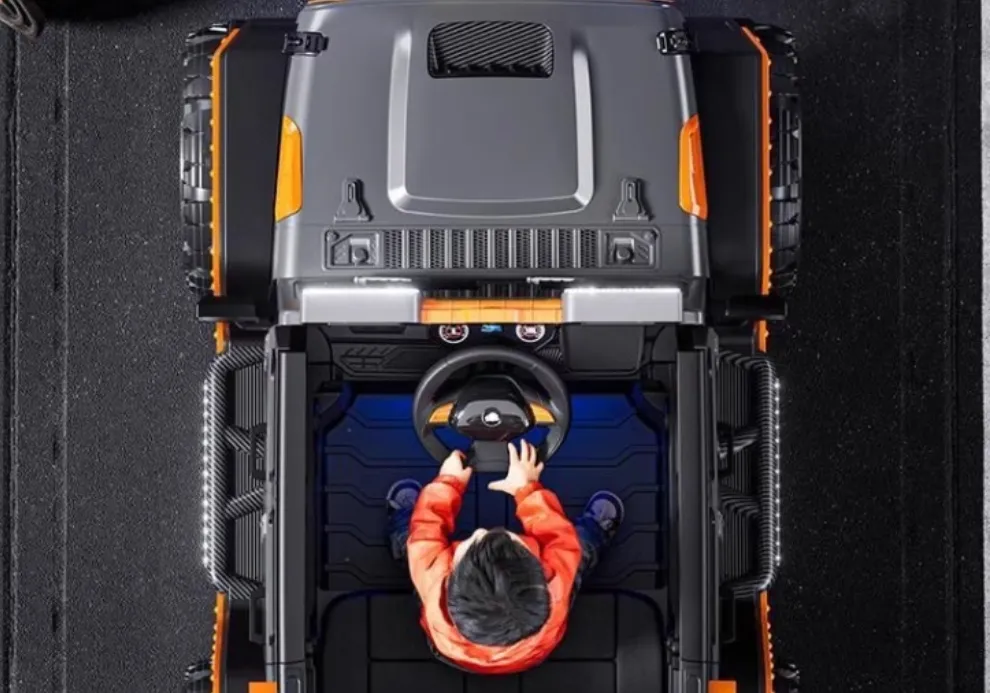9 月 . 02, 2024 12:10 Back to list
How to Adjust Your Mountain Bike Rear Derailleur for Optimal Performance
Adjusting Your Mountain Bike Rear Derailleur A Comprehensive Guide
Properly adjusting the rear derailleur of your mountain bike is crucial for ensuring smooth gear shifts and optimal performance on the trail. A well-tuned derailleur enhances your riding experience, reduces wear on your components, and improves overall efficiency. Here’s a step-by-step guide to help you make the necessary adjustments.
Understanding the Rear Derailleur
The rear derailleur is responsible for moving the chain between different gears on your bike’s cassette. It consists of a cage, a pulley system, and a mechanism that is controlled by the shifter on your handlebars. Proper adjustment ensures that the derailleur aligns correctly with the gears, allowing for seamless shifting.
Tools You’ll Need
To adjust your rear derailleur, you will need 1. A multi-tool or a set of screwdrivers. 2. A bike stand (optional, but helpful). 3. A chain cleaner and lubricant for maintenance.
Step-by-Step Adjustment
adjusting mountain bike rear derailleur

1. Inspect the Derailleur Begin by checking for any visible damage or misalignment. Make sure the derailleur hanger is straight, as a bent hanger can cause shifting issues.
2. Set the Limit Screws There are usually two limit screws on the derailleur, marked with 'H' (high) and 'L' (low). The 'H' screw controls the outer limit (highest gear), while the 'L' screw controls the inner limit (lowest gear). Shift the bike into the highest gear (smallest sprocket) and adjust the 'H' screw so that the derailleur aligns perfectly with the sprocket. Repeat for the 'L' screw while shifting into the lowest gear.
3. Adjust the B-Screw The B-screw adjusts the derailleur's angle relative to the cassette. Proper tension ensures the derailleur can shift smoothly between gears. A good rule of thumb is to set the distance between the upper pulley and the largest sprocket to about 5-6mm when in gear.
4. Fine-tune Cable Tension Shift to the middle gear and check the shift responsiveness. If the chain doesn’t shift smoothly, you may need to adjust the cable tension. Turn the barrel adjuster counterclockwise to increase tension, which can help the derailleur shift up a gear, or clockwise to decrease tension for shifting down.
5. Test the Shifting Finally, ride your bike and test the shifting across all gears. Make any necessary adjustments to the limit screws or cable tension until you achieve smooth, precise gear changes.
Conclusion
Regular maintenance of your mountain bike’s rear derailleur is essential for optimal performance. By following these steps, you can keep your bike shifting smoothly and extend the lifespan of your components. Happy riding!
-
The Main Application Scenarios of Mountain Bike
NewsOct.29,2024
-
Suggestions for Selecting and Maintaining Mountain Bike
NewsOct.29,2024
-
Characteristics of Kids Balance Bike
NewsOct.29,2024
-
Characteristics of Baby Stroller
NewsOct.29,2024
-
Characteristics and Advantages of Mountain Bike
NewsOct.29,2024
-
Baby Stroller Purchasing Suggestions
NewsOct.29,2024
-
Suggestions for Purchasing Kids Balance Bike
NewsOct.09,2024

